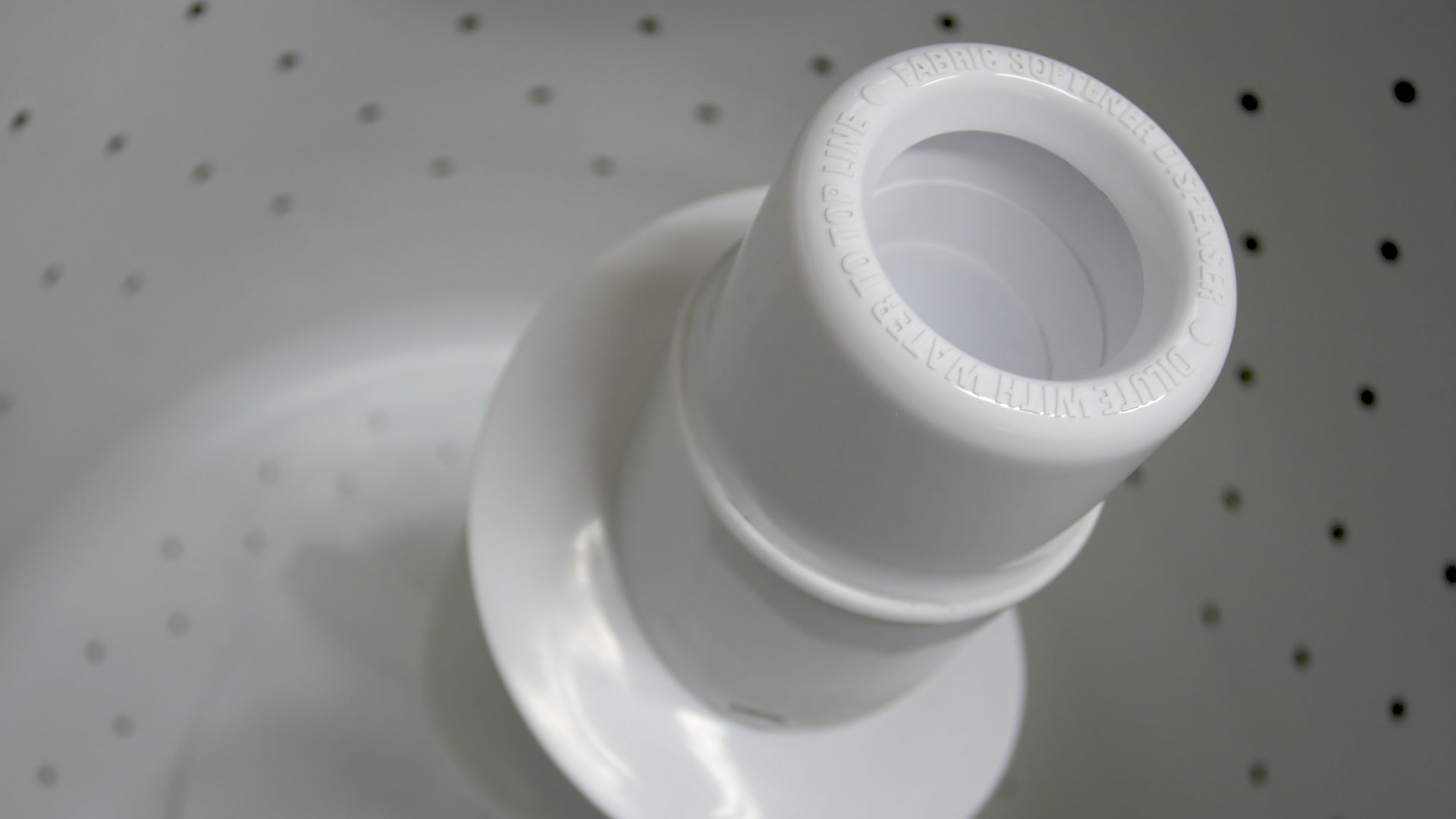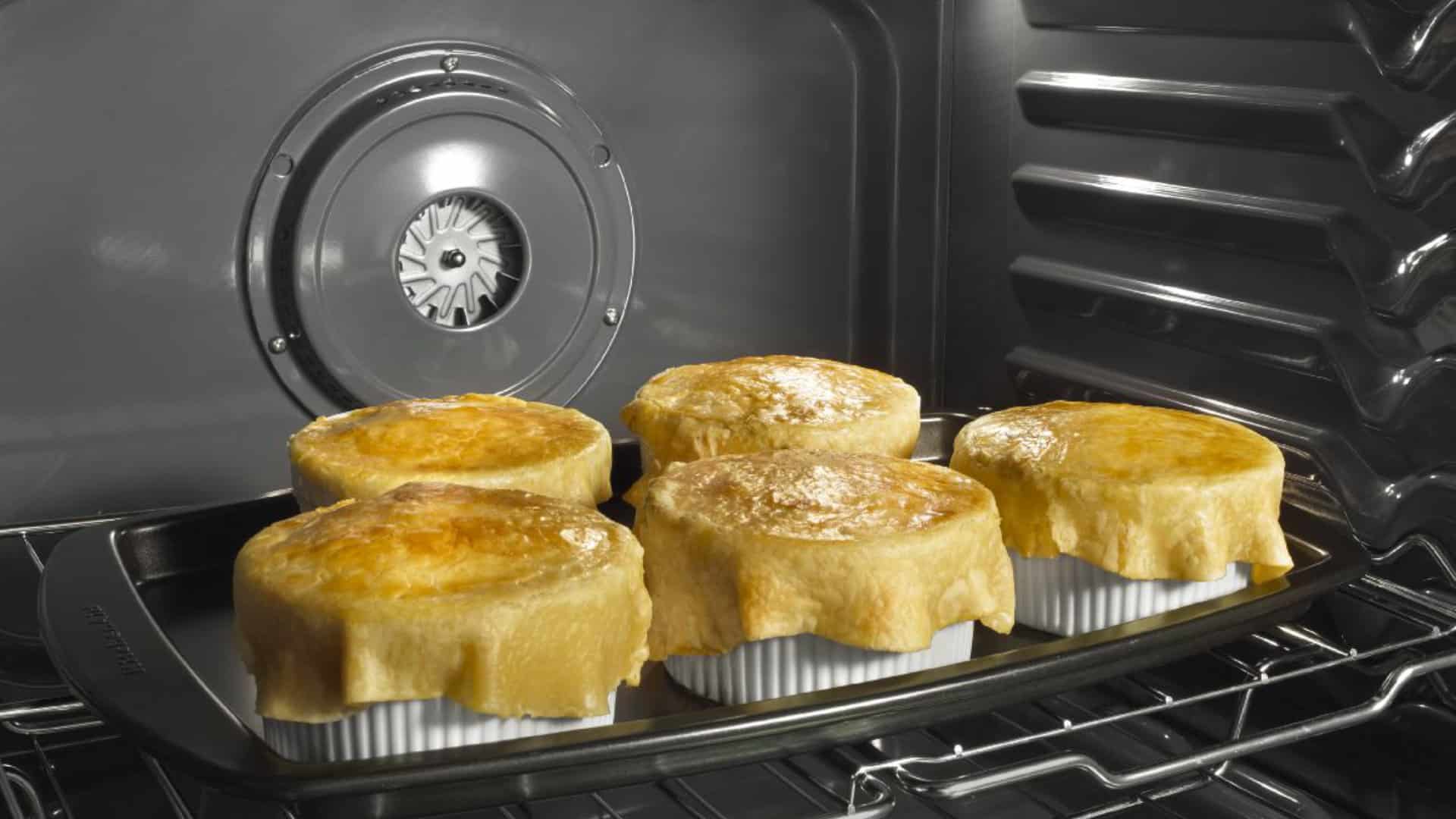
Your washer seems to work as normal. It fills, it drains, it wrings the water out with a spin cycle, but when it comes time to do the actual washing with agitation, there is none. The agitation is what actually washes your clothing. It facilitates natural rubbing that removes soil from the fibers of your laundry. While soaking and rinsing alone can do an okay job, getting tough stains out will be difficult. If your washer is no longer agitating, you have a few potential issues.
These are for traditional top load washers.
The Agitator
The agitator, in the center of your washer, is the most likely suspect and should be thoroughly examined first. It could be an issue with the actual arm or the shaft that it sits on. You will also want to check to make sure that small items of clothing are not wedged underneath it. This can physically impede the motion of an agitator, though likely you will hear the part trying during the wash cycle if this is the case.
The Motor and Transmission
Similar to the turntable in your microwave, the transmission, and the motor helps the agitator turn. It provides the power for it. This means if the other parts look alright and the arm isn’t even trying, then the transmission has likely failed. When this happens, you may still hear the motor activate. However, if the motor is faulty, it will be pretty silent. You will want to test both with a multimeter to find the true culprit, though.
The Timer
The timer controls all the different cycles by telling them when to trigger. If the timer is faulty, it could technically trigger the wash cycle to skip. This means it fills, soaks, and then drains. This is rather rare as if you have timer issues, it will likely manifest in other ways. Yet, if you have checked other culprits, then it is worth a shot.

How to Fix Whirlpool Stove F9 Code

Fix Whirlpool Duet’s F20 Error Code

Freezer Working But Not Fridge? 5 Fixes

Speed Queen Washer Error Codes Explained

7 Reasons Why Your KitchenAid Ice Maker Isn’t Working

LG Oven F9 Error: Here’s How to Fix It

How to Replace an LG Refrigerator Air Filter

What Do Dryer Sheets Do?

How to Cook Corn on the Cob in the Microwave


